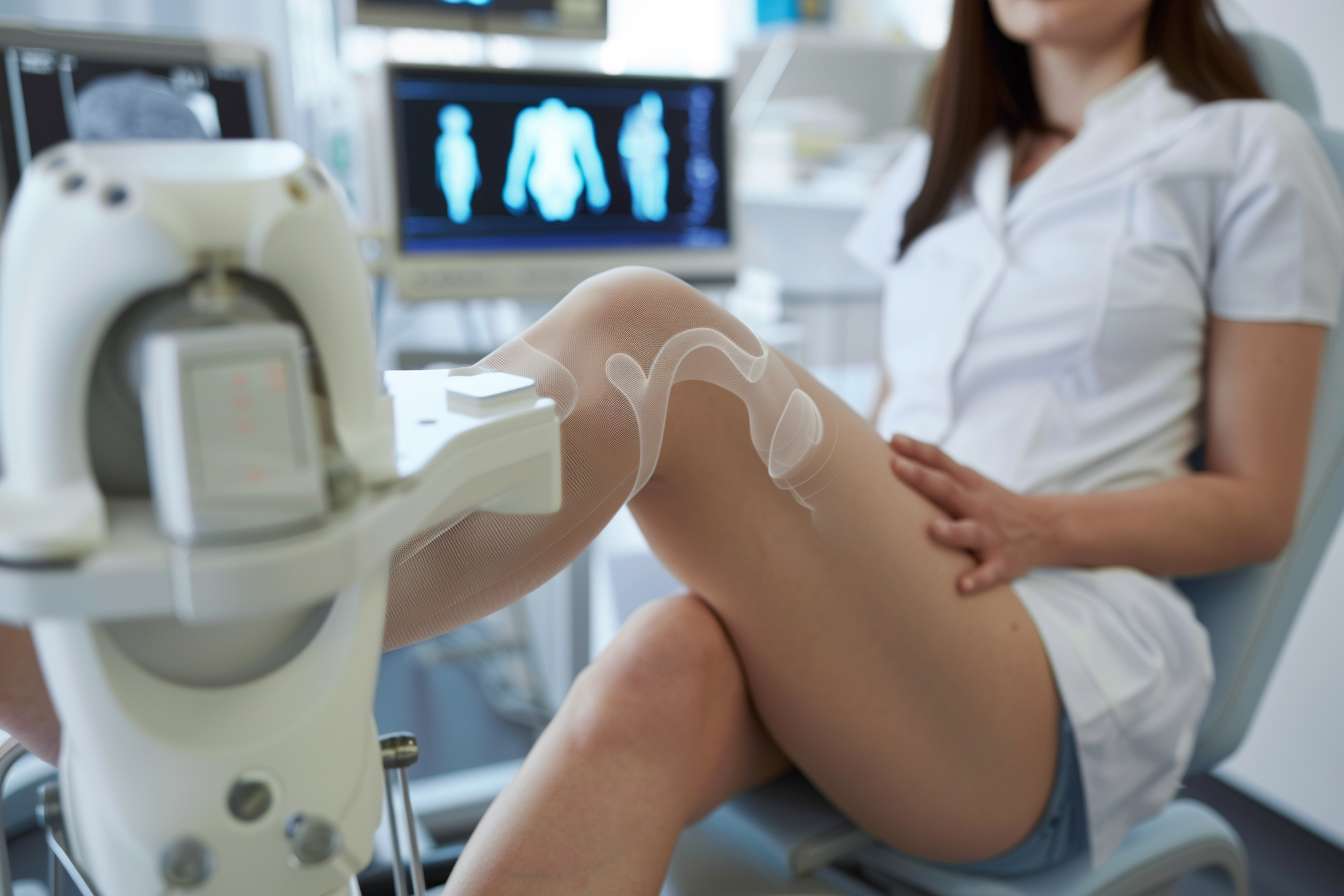Revolutionizing Telehealth: The Rise of Virtual Reality in Remote Medical Care
Virtual reality (VR) is making waves in the telehealth industry, transforming how patients receive care and how healthcare providers deliver services. This cutting-edge technology is bridging geographical gaps, enhancing diagnostic capabilities, and revolutionizing medical training. As we delve into the world of VR-powered telehealth, we'll explore its potential to reshape the future of healthcare delivery and patient experiences.

Early VR telehealth applications were limited by hardware constraints and high costs. However, rapid advancements in VR technology, coupled with the increasing availability of affordable headsets, have paved the way for more sophisticated and accessible VR telehealth solutions. Today, VR is being used in various medical specialties, from psychiatry to physical therapy, offering patients and healthcare providers new ways to interact and treat conditions remotely.
Enhancing Patient Care Through Immersive Experiences
One of the most significant advantages of VR in telehealth is its ability to create immersive experiences that can enhance patient care. For instance, in mental health treatment, VR allows therapists to create controlled environments where patients can confront their fears or practice coping mechanisms in a safe, virtual space. This level of immersion is particularly beneficial for treating conditions such as PTSD, phobias, and anxiety disorders.
In physical therapy, VR-based telehealth sessions can provide patients with engaging, gamified exercises that improve adherence to treatment plans. Patients can perform rehabilitation exercises in virtual environments that are both challenging and entertaining, increasing motivation and potentially leading to better outcomes. Moreover, VR technology can track patient movements with precision, allowing therapists to monitor progress and make adjustments to treatment plans remotely.
Improving Medical Training and Education
VR is not only transforming patient care but also revolutionizing medical training and education. Medical students and healthcare professionals can now practice complex procedures in virtual environments, honing their skills without risk to real patients. This immersive training can be conducted remotely, allowing experts from around the world to guide and teach students in real-time, regardless of geographical boundaries.
Furthermore, VR simulations can recreate rare medical scenarios or complex surgeries, providing valuable experience that might be difficult to obtain in traditional clinical settings. This technology also allows for the standardization of training across different institutions, ensuring consistent quality in medical education worldwide.
Overcoming Technological Challenges
While the potential of VR in telehealth is immense, several technological challenges must be addressed for widespread adoption. One of the primary concerns is the need for high-speed, low-latency internet connections to ensure seamless VR experiences. As telecommunications networks continue to evolve, the implementation of advanced technologies like edge computing and network slicing may help overcome these bandwidth and latency issues.
Another challenge lies in the development of user-friendly VR interfaces that can be easily navigated by patients of all ages and technical abilities. As VR technology becomes more intuitive and accessible, its adoption in telehealth is likely to accelerate. Additionally, ensuring the security and privacy of patient data in virtual environments is crucial, requiring robust encryption and data protection measures.
The Future of VR-Powered Telehealth
Looking ahead, the future of VR in telehealth appears promising. As 5G networks become more widespread, they will enable even more sophisticated VR applications in healthcare. We may see the development of haptic feedback systems that allow doctors to perform remote physical examinations with a greater sense of touch and precision.
Artificial intelligence integration could further enhance VR telehealth by providing real-time diagnostics and treatment recommendations based on patient data and movements within virtual environments. This could lead to more accurate diagnoses and personalized treatment plans, even in remote consultations.
Moreover, the convergence of VR with other emerging technologies like augmented reality (AR) and mixed reality (MR) could create hybrid systems that offer the best of both virtual and physical worlds. These systems could allow healthcare providers to overlay digital information onto the real world, enhancing their ability to diagnose and treat patients remotely.
Addressing Regulatory and Ethical Considerations
As VR telehealth continues to evolve, it brings with it a host of regulatory and ethical considerations. Healthcare providers and policymakers must work together to establish guidelines for the use of VR in medical settings, ensuring patient safety and data protection. This includes developing standards for VR hardware and software used in healthcare, as well as protocols for conducting virtual consultations and treatments.
Ethical considerations also come into play, particularly regarding patient consent and the potential psychological impacts of immersive virtual treatments. It’s crucial to establish clear boundaries between virtual and real-world experiences and to provide adequate support for patients transitioning between these environments.
Conclusion
Virtual reality is poised to revolutionize telehealth, offering unprecedented levels of immersion and interaction in remote medical care. From enhancing patient treatments to transforming medical education, VR technology has the potential to significantly improve healthcare outcomes and accessibility. As technological challenges are overcome and regulatory frameworks are established, we can expect to see VR become an integral part of telehealth services worldwide, ushering in a new era of personalized, immersive, and effective remote healthcare.





